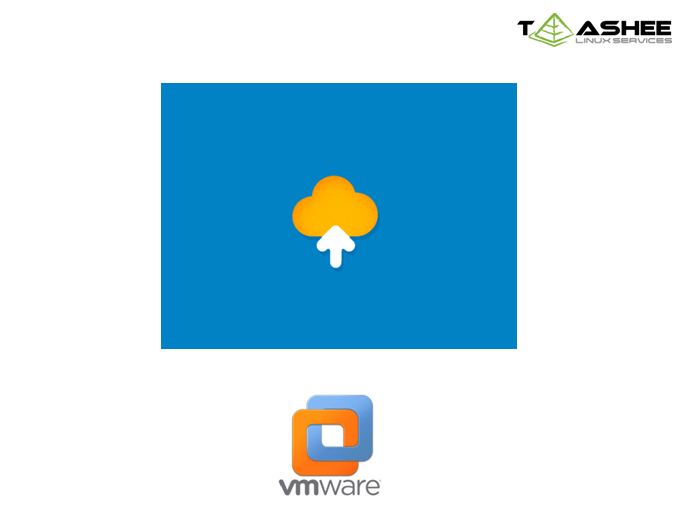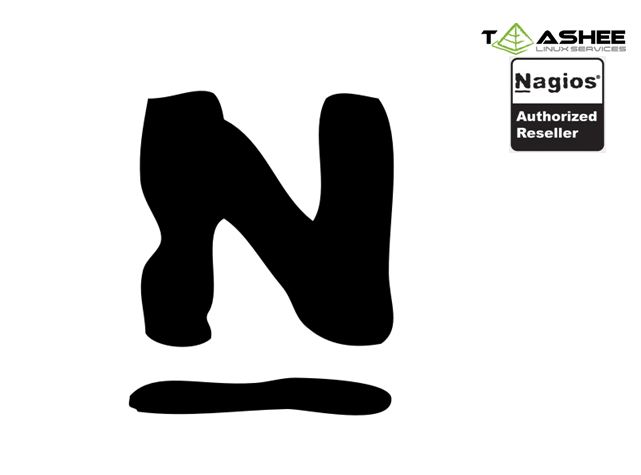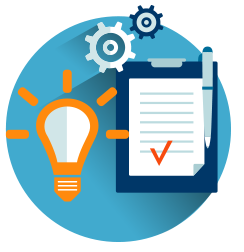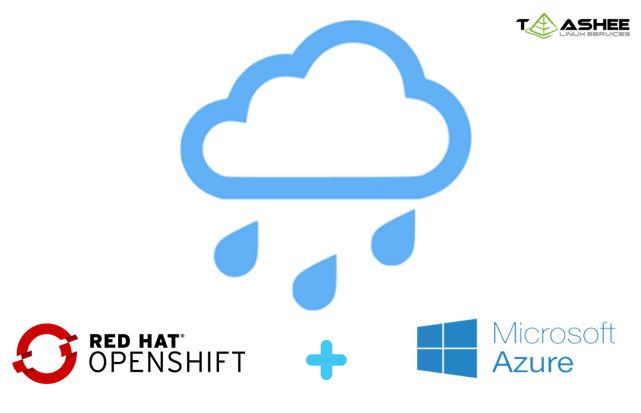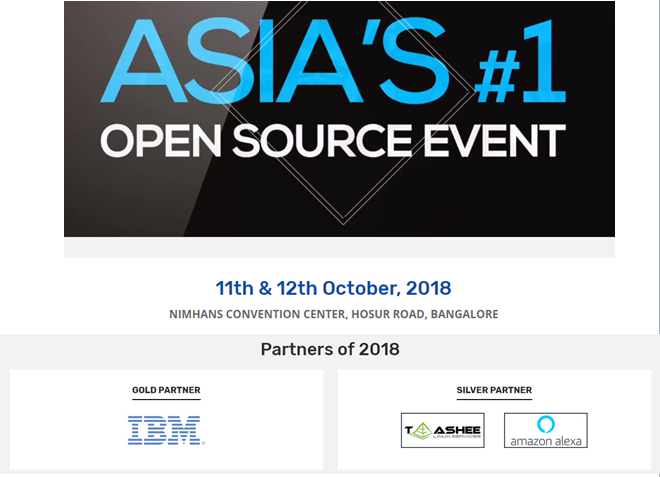
Open Source India 2018 at NIMHANS Convention Center in Bengaluru this October will try to focus upon a wide range of technology concepts in contrast. Taashee Linux Services in the capacity of Silver Sponsor invites CIOs from organizations of various domains such as Healthcare, Technology, Finance, and more.
Let me walk through you those concepts in detail for your knowledge.
The four themes that OSI 2018 will focus upon and dealt by Taashee Linux Services are:
Internet of Things (IoT)
Ever heard of Bluemix, Blockchain, IoTivity, Arduino, and ThingSpeak? You guessed it rightly. All of them are free (Internet of Things) IoT development tools and applications. The operating crux of all the software applications is a processor synced with sensors and actuators to take care of the local processing issues.
Machine Learning & Artificial Intelligence (ML&AI)
Mobile Application development is one of the hot areas where ML/AI is applied deeply. It has motivated Google to venture into TensorFlow, an open source framework to represent dataflows and computations with respect to machine learning as well as artificial intelligence. Realistically, all the algorithms based upon such frameworks are applied in the medical field saving many a life.
Hyperconvergence
VMware implements a concept called Hyperconvergence through its own developed Hyper-Converged Infrastructure (HCI) increasingly, which involves a combination of Storage, Computing and Networking implemented in a single system. The intent is to lessen the data center complexities and to extend scalability.




